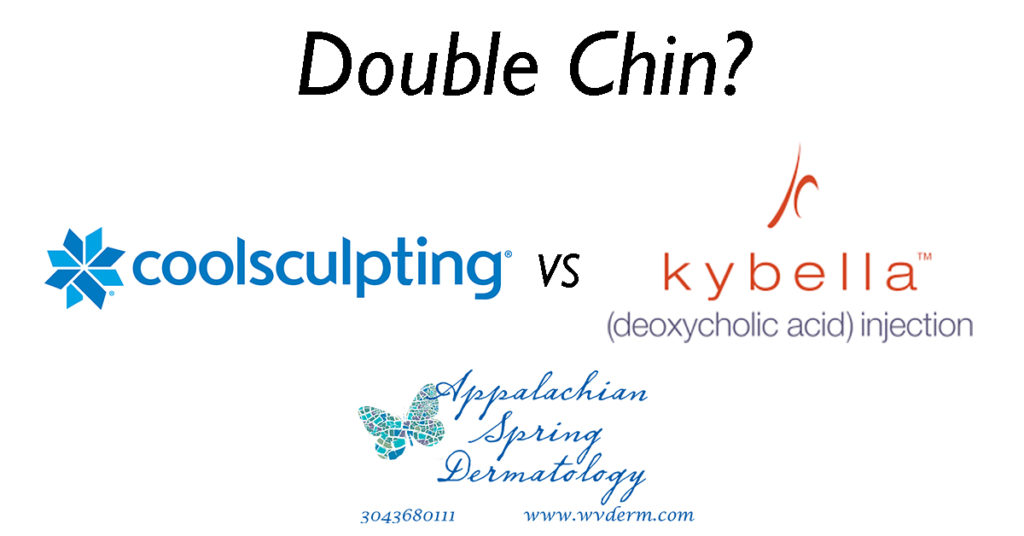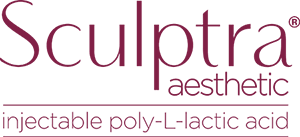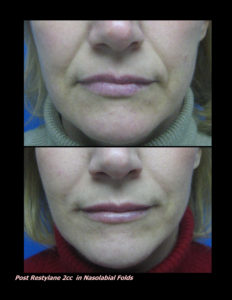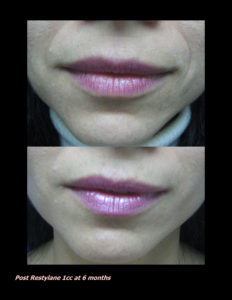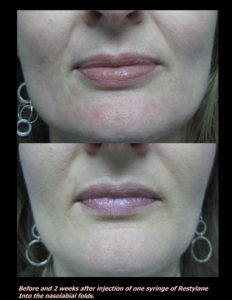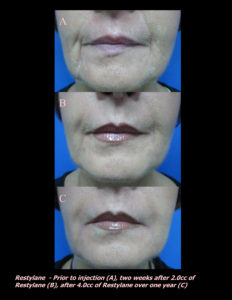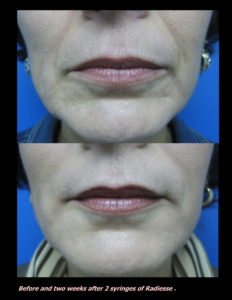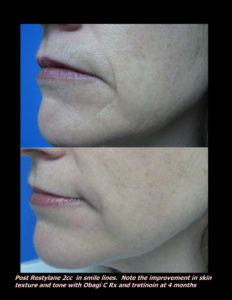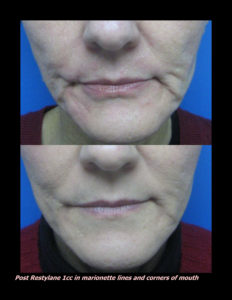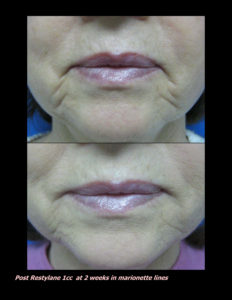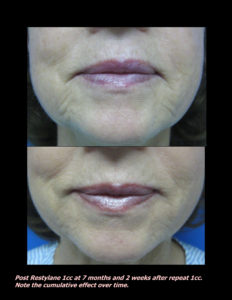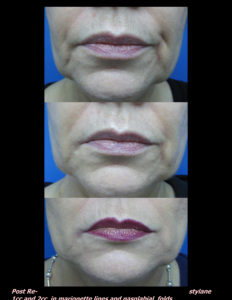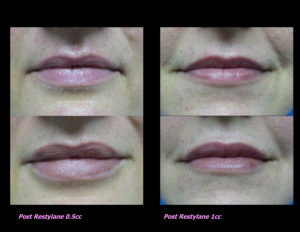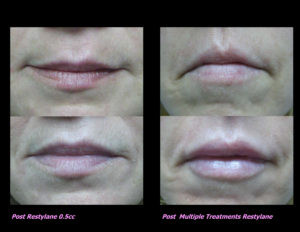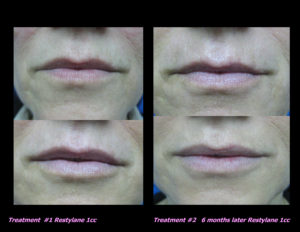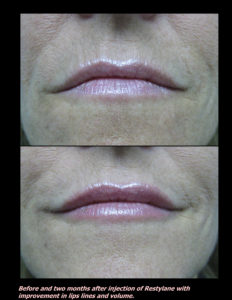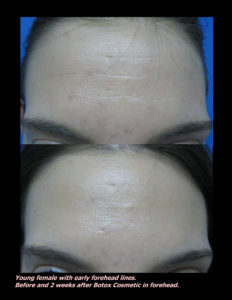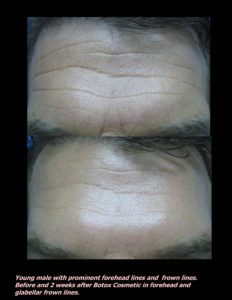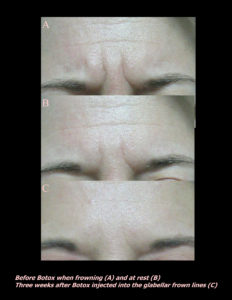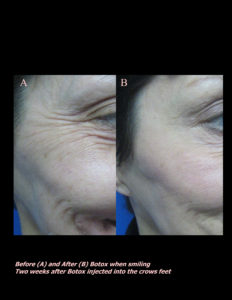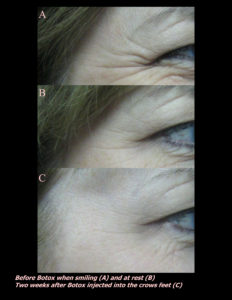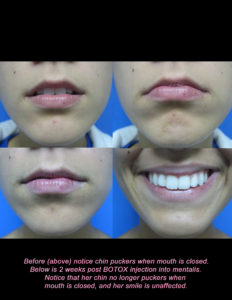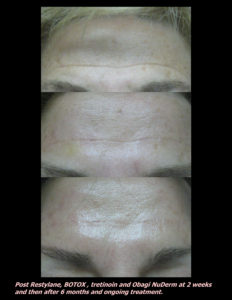There are hundreds if not thousands of moisturizers on the market. What should you look for in the ingredients? This article is focusing solely on moisturization and nourishing the skin barrier. We will have a future article specifically addressing anti-aging ingredients. Plus, each year I do a separate article on sunscreen ingredient tips in late May.
Not so long ago (hard to believe I’ve been in dermatology for almost 20 years), scientists did not understand the complexities of the skin. The belief was to just pack on the moisturizer, mainly petrolatum, and then avoid bathing to keep the moisture intact. We now know that the skin barrier is much more complex than that. I remember first hearing the term Ceramides when Cerave was first introduced to dermatologists over 15 years ago. So let’s start there…
Ceramides – First introduced in Cerave products, ceramides are a key ingredient in the best moisturizers. Ceramides are a type of fat or lipid that makes up over 50% of the outer layer of the skin and skin barrier. We now know that there are many types of Ceramides. Ceramides 1, 2, and 3 are most widely used in skincare. Cerave products contain a blend of Ceramide 1, 3, and 6. Ceramides are essentially the glue that holds our skin cells together, with an analogy of the skin cells being the bricks and ceramides making up at least 50% of the mortar.
The next major group of ingredients is protectants including Dimethicone and Petrolatum.
Dimethicone is a form of silicone that forms a barrier on the skin that helps minimize water loss. More effective products list Dimethicone as an active ingredient often Dimethicone 1%. Dimethicone gives the skin a silky smooth feel and slip. Creams with a significant amount of dimethicone will often allow water to “bead” on the skin demonstrating its ability to lock in moisture and keep irritants out. Examples of commonly available hand creams with a significant amount of dimethicone are Gloves in a Bottle and Cetaphil Cracked Skin Repair Balm and Cerave Therapeutic Hand Cream.
Petrolatum is the main ingredient in Vaseline and many other creams and ointments, petrolatum has the ability to penetrate all of the uppermost layers of the skin to fill in the spaces between skin cells. It provides a barrier, although a sticky one at times, that locks in moisture. The downside of petrolatum-based products is that they feel sticky and are comedogenic.
The next major group of moisturizing ingredients is humectants, meaning they draw water to themselves in a sponge-like fashion and hold it in the skin. Natural Moisturizing Factor (NMF) is a general term for the group of naturally occurring humectants in the skin. These include Amino Acids, Lactic Acid, Pyrrolidone Carboxylic Acid (PCA), Hyaluronic Acid (HA), and urea.
Hyaluronic acid is a sugar that is naturally produced by the body. It is naturally occurring in the skin, joints, and eyes providing a “jelly” in the dermis in which everything else floats around. Often used as an injectable as well to plump wrinkles and provide fullness. When applied topically, hyaluronic acid draws water to itself giving the epidermis a plump, smooth appearance. However, hyaluronic acid applied topically rarely penetrates to the dermis for a longer-lasting effect. One of its other benefits is that it is non-comedogenic.
Urea is a humectant meaning it draws water to itself and keratolytic, breaking down the dead dry skin cells that often adhere instead of being shed in a normal manner. For those who are looking for “natural ingredients”, urea circulates in our bloodstream as Blood Urea Nitrogen (BUN), so it is very safe.
Glycerin is a water-soluble emollient that provides a long-lasting moisturizing effect, attracting water to the skin and improving moisture retention. It stimulates the skin cells to promote younger and healthier-looking skin.
The final group of ingredients is vitamins. A number of vitamins are recommended in anti-aging ingredients; however, when evaluating solely for their moisturizing effects, Niacinamide Vitamin B3 and Panthenol, or pro-vitamin B5 both improve moisture retention. Now that you understand the ingredients you can be an expert on choosing a moisturizer to best target your needs. If you ask most dermatologists, Cetaphil and Cerave products are always good, affordable options that contain many, if not all, of the above ingredients. Happy moisturizing!
—————–
If you know someone who may find this article helpful, please share it with them! Follow us on social media this week, and subscribe to our growing YouTube channel! If you would like to receive these posts in your email inbox, Subscribe to our Site.






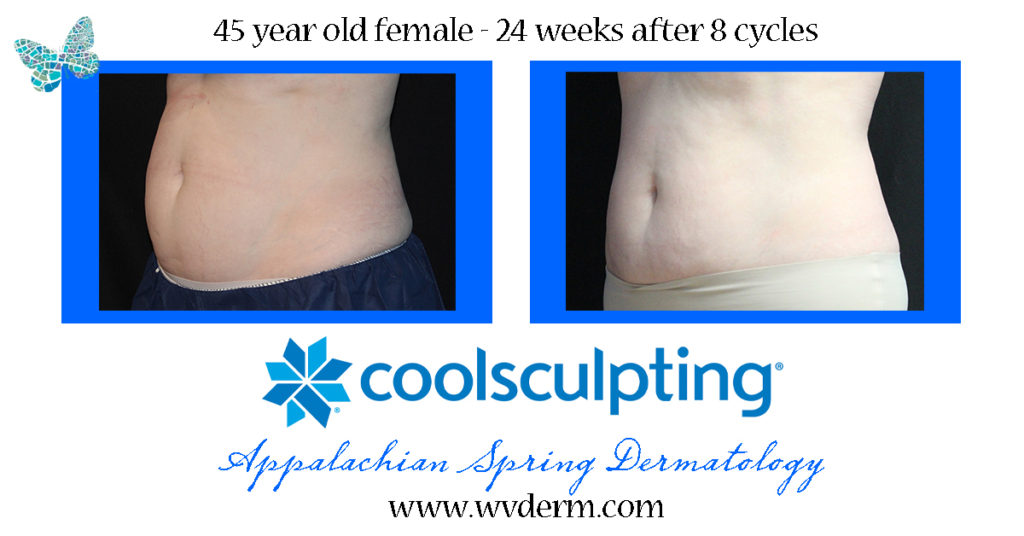
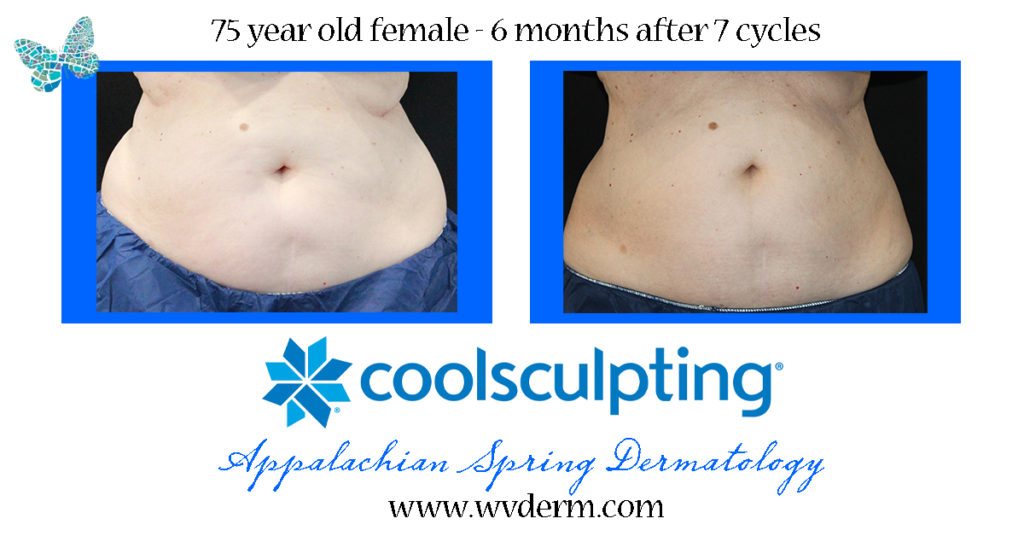

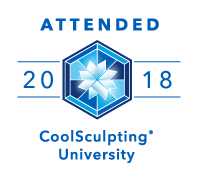



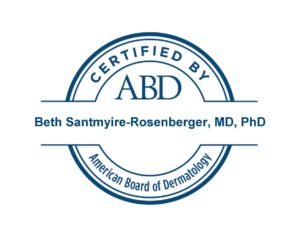

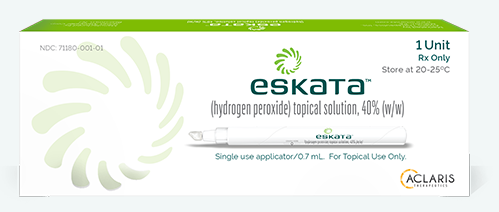

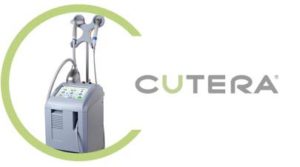 Laser Vein Reduction Treatments
Laser Vein Reduction Treatments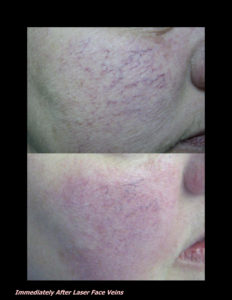
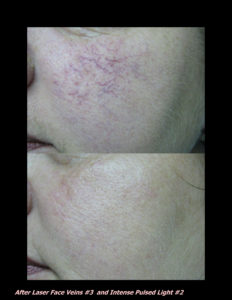
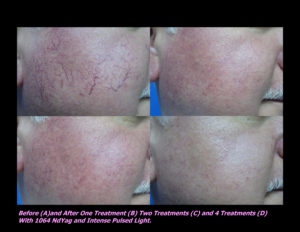
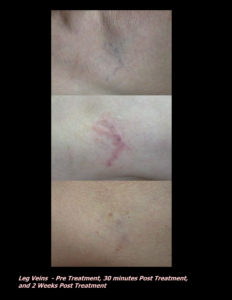
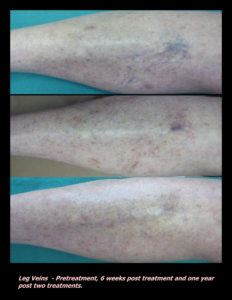
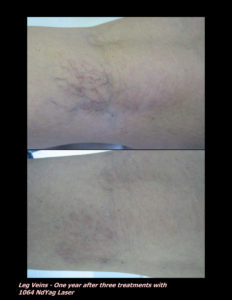
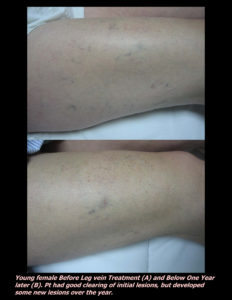
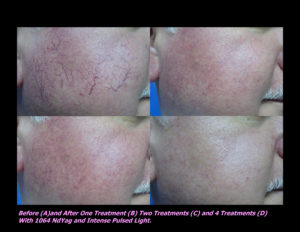
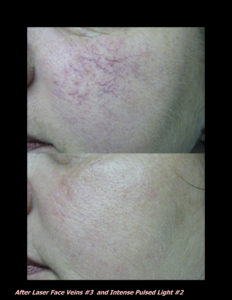

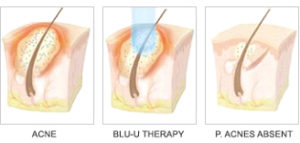
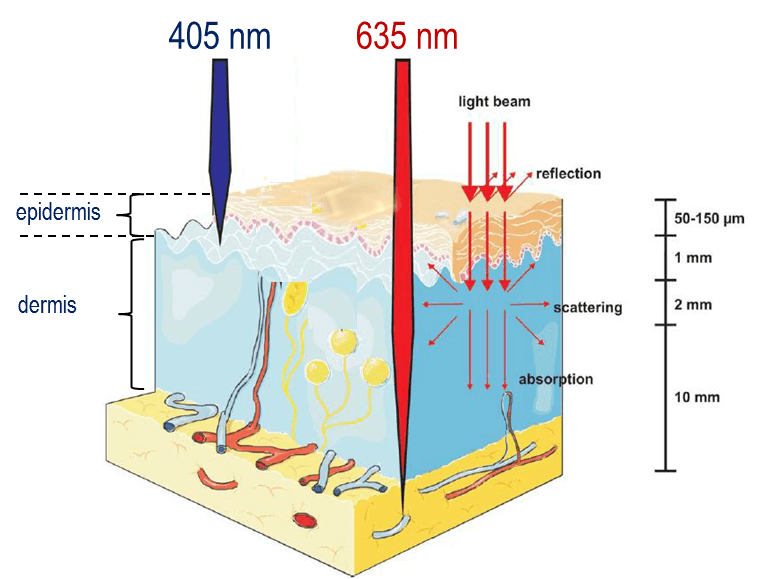
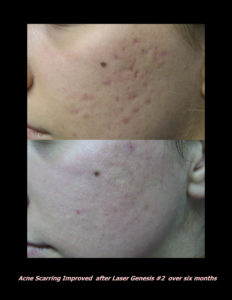
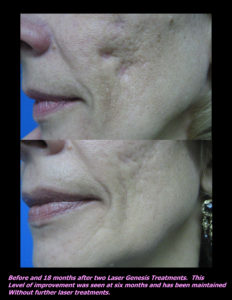


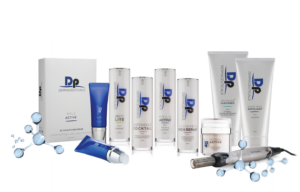 DP Dermaceutical Products
DP Dermaceutical Products